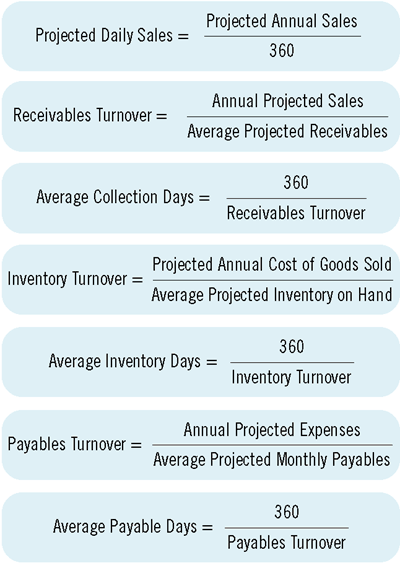
A lot has been written on the importance of cash flow planning in the HVAC industry, with good reason. Changes in the weather can often be enough to leave contractors scrambling to make payroll during off seasons. Add late-paying customers and unforeseen truck repairs, and a recipe for disaster can exist.
Long-term cash flow planning can often be difficult, simply because sales can be difficult to forecast in an often volatile industry. While long-term cash flow planning is a good idea, especially when new asset purchases will be required, I am going to leave that for you and your accountant to discuss. Basic accounting software packages sold at all the local business and office stores now perform cash forecasting functions that are helpful as well.
For this discussion, I am going to focus our attention on short-term cash forecasting. I will show you how to figure out your company's short-term cash needs based on a couple of easy liquidity formulas and then show you how to determine an overall picture of your company's ongoing cash requirements.
We will look at four distinct formulas. You may be using a couple of them already in your daily operation. The formulas cover:
1. Cash ratio.
2. Quick ratio.
3. Current ratio.
4. Cash cycle.
Definitions
Before we begin, a few definitions should be provided:


The Cash Cycle
I have attended many seminars over the years, and one of the most frequent questions that I have heard contractors ask is, "How much cash should our company have on hand?" However, in my experience, no one ever seemed to have a good answer to this question. The typical answers were, "It depends on your company," and, "Your company should have a ratio of $2 of current assets to every $1 of current liabilities."While these answers might be considered correct for many companies, I was curious as to how much cash my company should have on hand. I needed a clear answer to help me plan for my company's cash needs, without having to forecast elaborate cash flow spreadsheets, which often prove inaccurate.

To figure your company's cash cycle, you will need to know the following items, spelled out in detail below:

The minimum amount of cash your company will require on hand (or have access to) to safely maintain operations can be figured out as in the example below. (The example assumes 30-day averages and an average daily sales figure of $5,000.)

Assume that this company turned its inventory over more quickly and reduced the amount of average days inventory was held on hand to 15 days. Further assume that the contractor collected down payments before work began and reduced its average days receivables were outstanding to 15 days. What would happen to the company's minimum cash reserve requirements? The results are shown in Figure 1.

However, by figuring out your company's cash cycle, you will have a big picture of your company's overall minimum cash reserve needs. It also gives you a pretty good incentive to collect your money promptly and to manage your inventory more efficiently. You should figure out your cash cycle annually - more often if sales are growing rapidly.
Next week: Contracting requires large capital investments, so understanding risk management is essential.
Roberts is owner of Roberts Commercial Lending Co. LLC. He provides corporate finance and debt consulting, business loans, and leasing services. He can be reached at 586-716-8329 or CommercialFnnc@aol.com.
Publication date: 03/22/2004




